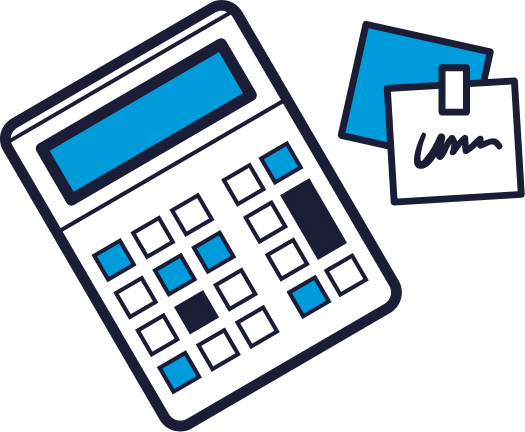LOOKING FOR LEGAL WAYS
TO REDUCE TAX?
New tax reduction strategies carefully explained and exhaustively researched every two weeks. Receive breaking news updates on tax law changes. Members only monthly AMA with TOTTB.tax.
WE PUBLISH TAX STRATEGIES FOR…
FEATURED CONTENT
Don’t Overpay: Determining the Fair Market Value of Cryptocurrency Airdrops
To the non-crypto enthusiast, the term “airdrop” may conjure an image of a pallet of relief supplies parachuting in from above. In the cryptocurrency world, the term has a very different meaning, but conjures the same mental image. In the simplest terms, a crypto airdrop is a token that appears in your wallet without being purchased, although in some cases additional actions may be necessary to facilitate the transfer of the asset. An airdrop can take several different forms, the most basic of which is an unsolicited token that simply shows up in your wallet. This is typically done as a marketing campaign, to try to expand the user base of a new project. Generally, only a nominal amount of the token is distributed. Many times, this type of airdrop is done maliciously as part of a phishing or dusting attack. The vast majority of these airdrops are unwanted; they function as cryptocurrency’s version of “junk mail.” Other airdrops are used to reward users of a particular protocol for their past behavior. Typically, this will take the form of a governance token or some other newly minted token. Occasionally, the new token will automatically be deposited in the recipient's wallet, but most of the time the user will need to connect their wallet to a website and actively claim the reward. You may also be required to pay a gas fee to enable the transfer. Many airdrops of this type contain tokens of substantial value, so proper determination of when receipt takes place and what the fair market value (FMV) is can have considerable impact to tax. While the two previous examples are the most common form of airdrops, they are not limited to the above. In practice, any unsolicited token received is generally considered an airdrop. This can also apply to non-fungible token (NFT) and game-based environments. Small differences in the facts and circumstances of the airdrop may have outsized impacts on taxability and your planning opportunities. Keep reading to learn more.
Read MoreCURRENT EDITION

Year-End Tax Planning Under the One Big Beautiful Bill Act (OBBBA)
The One Big Beautiful Bill Act (OBBBA), signed into law on July 4, 2025, doesn’t reinvent the tax code it refines it. Much like its predecessor, the Tax Cuts and Jobs Act (TCJA), it keeps many familiar provisions in play: lower rates, expanded SALT flexibility, and broader deductions. But here’s the real story: While most tax pros are busy memorizing what stayed the same, the planners who will win 2025 are the ones spotting what just became possible. OBBBA quietly opens a handful of powerful new planning windows — each one capable of delivering real, measurable savings for the right client. The key is knowing which changes are worth your time… and which are just political garnish. Below, we’ve curated the most strategic, high-impact moves to make before year-end 2025, the ones that separate the advisors who explain the law from those who leverage it. Most tax pros will stop at what changed. The smart ones will keep reading to learn how to use it.

Timing is Everything: A Conversation Between a Tax Pro and Client
The new permanent bonus depreciation regime will bring back the old playbook: lever up to buy a rental property and bonus depreciate everything under the sun. But the tax savvy general partners know that WHEN to depreciate is just as important as how to depreciate.

Student Loans After the OBBBA Part 2: Helping Clients Navigate the New Landscape
As the federal student loan system enters a new era, advisors are tasked with helping clients navigate the practical implications of recent reforms. The One Big Beautiful Bill Act (OBBBA) has redefined borrowing limits and repayment options, creating fresh challenges for borrowers at every stage of higher education. Whether clients are weighing school choices or managing existing student debt, understanding these updates is key to providing informed financial guidance. In Part 2 of our OBBBA student loan series, we explore how these changes could play out for common borrower situations and what advisors should be aware of to confidently guide clients through the post-OBBBA student loan landscape.
SIMPLIFIED TAX STRATEGIES &
PRACTICAL IMPLEMENTATION
Think Outside the Tax Box provides tax reduction strategies along with practical
implementation advice in order to reduce your clients’ federal tax bill with ease.







